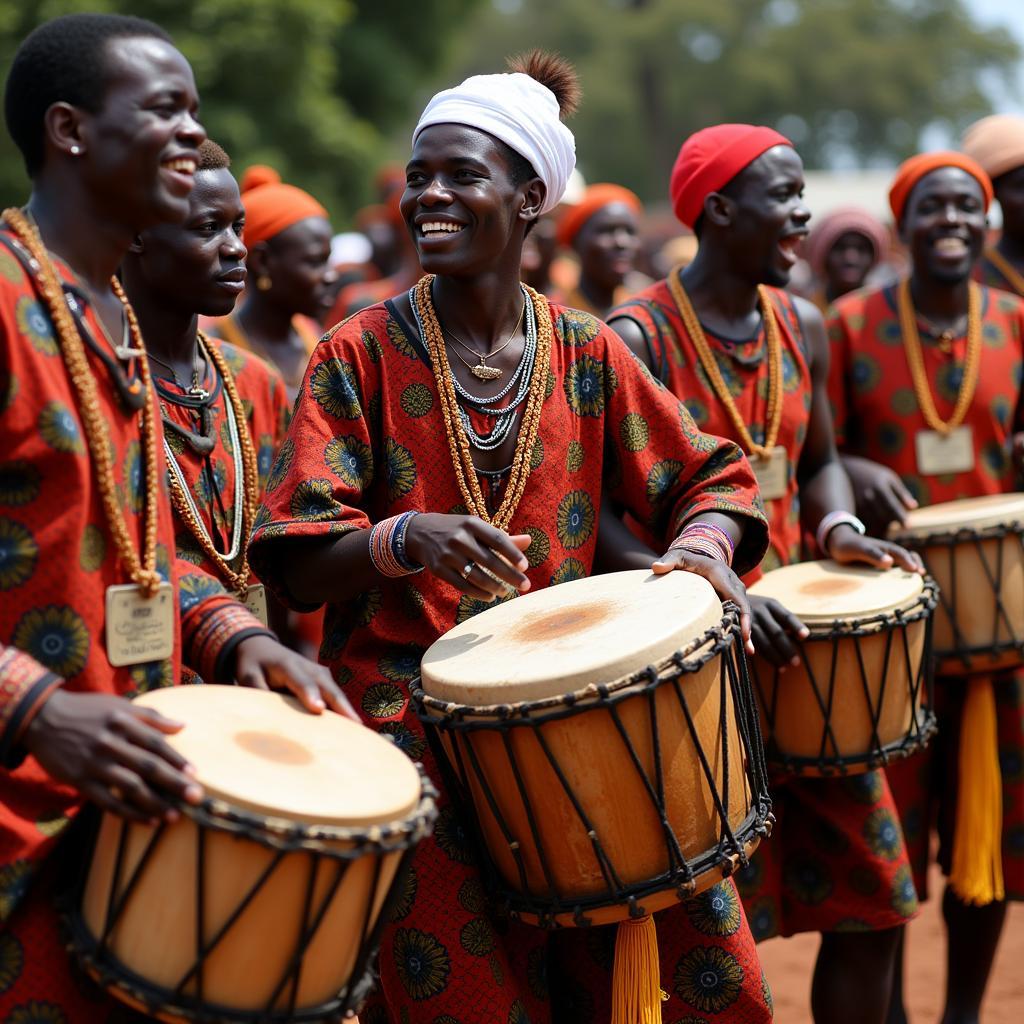Understanding the 100 Francs CFA: A Guide to Central African Currency
The 100 Francs CFA is a common sight in the pockets of millions across Central Africa. This banknote, representing a significant denomination within the Central African CFA franc (XAF) system, offers a glimpse into the economic landscape of this diverse region. But what exactly is the story behind the 100 Francs CFA, and what does it represent for the people who use it every day?
A Legacy of Colonialism and Monetary Union
To understand the 100 Francs CFA, we need to travel back to the colonial era. The CFA franc, an acronym for “Franc of the French African Colonies,” was introduced in 1945 as a means to unify the economies of France’s African territories. Despite gaining independence, many countries chose to retain this monetary system, albeit with a name change to “Financial Community of Africa.”
The Six Nations of the XAF Zone
The 100 Francs CFA we are discussing specifically belongs to the Central African CFA franc (XAF) zone, encompassing six countries:
- Cameroon
- Central African Republic
- Chad
- Republic of the Congo
- Equatorial Guinea
- Gabon
These nations share a common currency and central bank, the Bank of Central African States (BEAC), headquartered in Yaoundé, Cameroon.
Stability and Challenges: A Balancing Act
The XAF, including the 100 Francs CFA, has historically enjoyed relative stability thanks to its fixed exchange rate with the euro. This peg, guaranteed by the French Treasury, provides a sense of security for investors and helps to curb inflation.
However, this fixed exchange rate has also been a point of contention. Critics argue that it limits the BEAC’s monetary sovereignty and hinders economic diversification by making exports less competitive.
The Face Value and Beyond
A 100 Francs CFA coin or banknote holds a modest value, roughly equivalent to 0.15 euros or 0.16 US dollars (as of October 26, 2023). However, its significance extends far beyond its numerical worth.
“The 100 Francs CFA represents much more than just its purchasing power,” explains Dr. Aminata Sow, an economist specializing in African monetary policy. “It embodies a shared history, complex economic ties, and ongoing debates about sovereignty and development in Central Africa.”
Looking Ahead: The Future of the 100 Francs CFA
The 100 Francs CFA, like the wider XAF system, stands at a crossroads. Regional integration efforts, calls for monetary independence, and the evolving global financial landscape are all factors that could shape its future. Whether the 100 Francs CFA will continue to exist in its current form remains to be seen.
One thing is certain: the 100 Francs CFA, a seemingly small piece of currency, offers a fascinating lens through which to understand the complexities of Central African economics, history, and politics. Its journey reflects the broader story of a region navigating its own path in an interconnected world.

